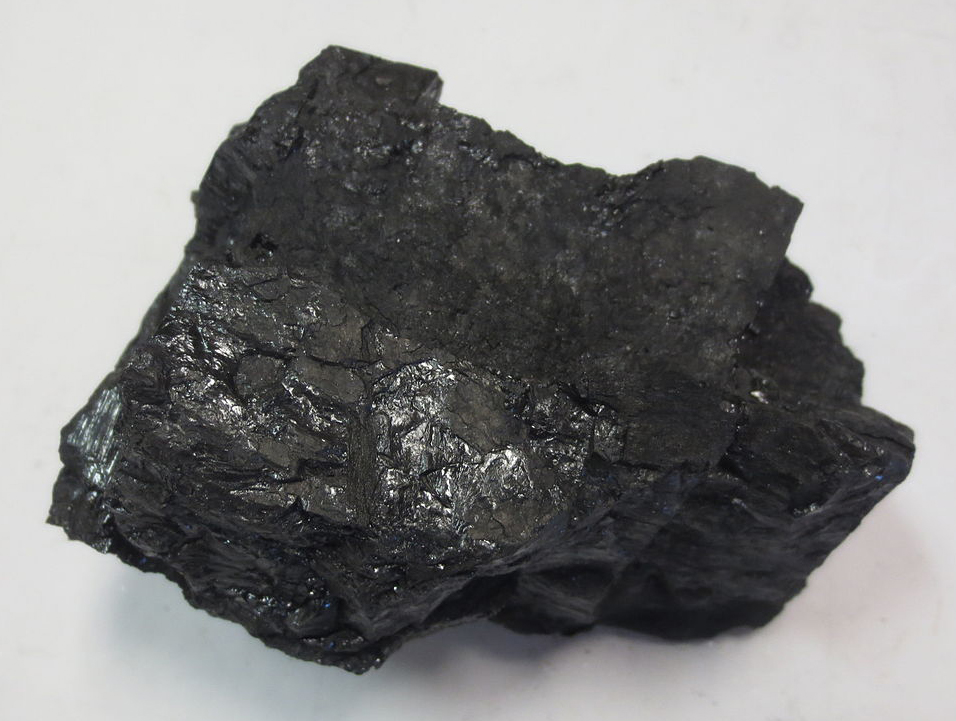Coal
Not too long ago, London, England, was a very unhealthy place to be, as were other large cities. Before somewhat cleaner fuels were discovered, most people in London heated their houses by burning coal, factories burned coal to run their machinery, and together they created a lot of smoke and ash. In some parts of the world, they still burn lots of coal, and they still have a problem with air pollution and, of course, the greenhouse gases that come with the smoke and ash. Coal is mostly made up of dead plants and trees from millions of years ago that formed layers on the ground as they died and fell over. They were then covered by layer after layer of sediment or lava flows, or were pushed underground by moving tectonic plates. Over millions of years, the pressure and heat built up enough to change the organic matter into a rocklike material called coal. Coal is mostly made up of the element carbon (C), with different amounts of other elements like hydrogen (H), oxygen (O), nitrogen (N), and sulfur (S). The higher the grade of coal, the harder it will be, the more carbon and the less other stuff it will have in it, and the less pollution it will cause if you burn it. The highest grade of coal is called anthracite, and it’s also the shiniest and most rocklike.
| Formula | Group or Type | Shape | Hardness | Specific Gravity | Streak | Luster |
|---|---|---|---|---|---|---|
| — | — | — | 1–3 | 1.2–1.5 | — | — |
